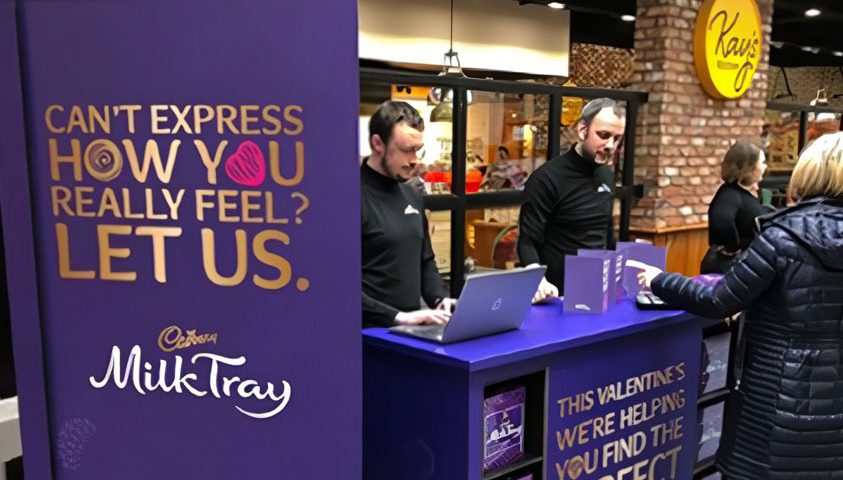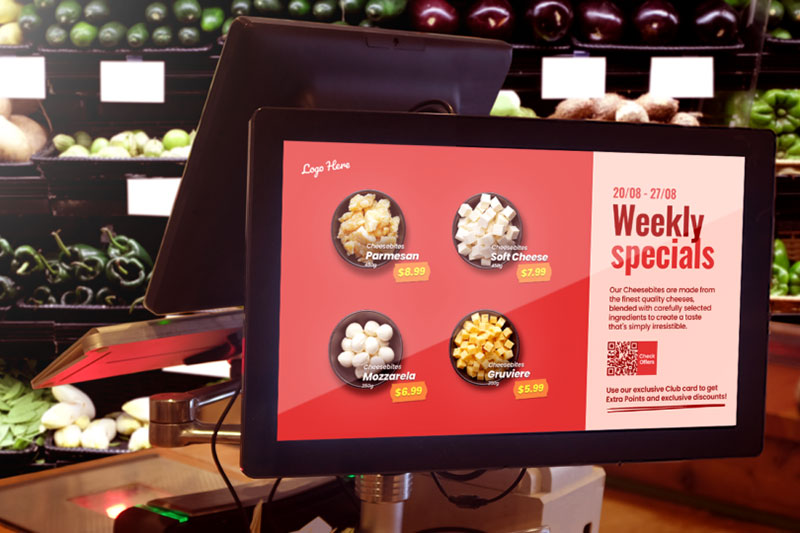The retail marketer’s job is to attract customers. One of the best ways to do that is by writing effective copy for the point-of-sale materials (POSM) where products are displayed to be promoted.
But how exactly does one determine if a copy is effective in the sales process? The best practices around effective copy for your POSM displays can be broadly categorized to 3 key points: copy that (i) makes for easy scanning, (ii) lets product benefits connect emotionally to compel action, and (iii) can deliver a strong message with simplicity.
1. Write so that audiences can scan easier
While some customers do take the time to carefully read what a product is all about, most would simply scan any marketing copy for key information.
To make this process a lot less taxing for them, in which case they’ll just stop reading, displays should distill the most essential information in short paragraphs and simpler words.
Some displays would still need to use a considerable number of words for their copy, especially when relaying must-know products benefits. Some, on the other hand, work best with the simplest form of single-word copy.
On that note, POSM display copy is most readable and impactful when all unnecessary visual elements and language fluff are eliminated.
Two examples are shown below with a Listerine free standing display and Laneige shelves. Their fonts are clear and bold but not excessive or overpowering, and they incorporate sufficient visual ‘white space’ for their copy to breathe. Listerine varies with the sizes of its display copy to create a text hierarchy that emphasises the benefits its product brings to gums and teeth.
Source: Pinterest
Source: Pinterest
2. Benefits that evoke emotion and spur action
A common and powerful advice to avoid boring copy is to write copy that touts benefits over features. This helps customers imagine how a product can make their lives better.
To build a stronger emotional connection with customers, it is necessary for retail marketers to thoroughly understand the pain points of their target market and aim the benefits toward solving those pain points.
There are benefits beyond functional ease or solving practical problems. Some products, when communicated in the correct light, speak to customers’ desired identities, offer a sense of safety in customer decision-making by using social proof and affirm their worldview and values.
Combined with humor, memorable copy and the right call-to-action (CTA), retail marketers can get customers to take the intended action, from making a purchase to signing up for newsletters to going through pain to prove a point to others.
Source: Pinterest
Without that fun signage with the right copy, chances are no one would understand why there are a whole bunch of LEGO pieces scattered across a makeshift track.
Besides that, communicating benefits with copy becomes more effective when framed in the popular Problem-Agitate-Solution (PAS) framework, such as the Cadbury Milk Tray display below:
- Problem – Can’t express how you feel? Let us. (Highlight a common issue around relationships)
- Agitate – This Valentine’s… (It’s the season where people feel the need to express how they feel)
- Solution – …we’re helping you find the perfect words. (That sounds like the perfect solution!)
Source: Fit Small Business
3. Powerful simplicity is the goal – show don’t tell
Sometimes less is more, and keeping copy to an absolute minimum works better than explaining to customers what your product is all about. In some cases, writing extra copy would only get in the way of the product, because some aspects of the product need to be showcased without obstruction.
That’s the case with the two examples below. By encasing $3 million in cash in full view of the public, 3M makes the case for how reliable and unbreakable its security glass is. People have tried to break it of course, to no avail. They only need to know that it’s security glass by 3M, not what material it’s made of, or how much heat it can take, or anything of that sort.
Similarly, within a retail setting, premium chocolate brand Ferrero Rocher communicates its high-end positioning only with price and design. There are no taglines or slogans, no extra copy – just the name. The Italian brand instead uses clever display arrangements and its gold motif to showcase being a high-end brand in supermarkets.
Source: Pinterest
Source: Pinterest
Good copy makes for better displays
People read your copy in different ways. Some will scan the information quickly while others may take their time reading every word. To make sure you’re reaching all of these audiences, you’ll need to make sure enough time is spent crafting copy that hits the sweet spot between concise and comprehensive for your POSM displays.
It is also important that your copy is developed in conjunction with the rest of your marketing strategy. Aspects such as packaging, pricing, or advertising need to be considered as a whole with your copy to streamline and maximize your product’s potential. Have there been any examples of POSM displays that have caught your attention in terms of their copy?










